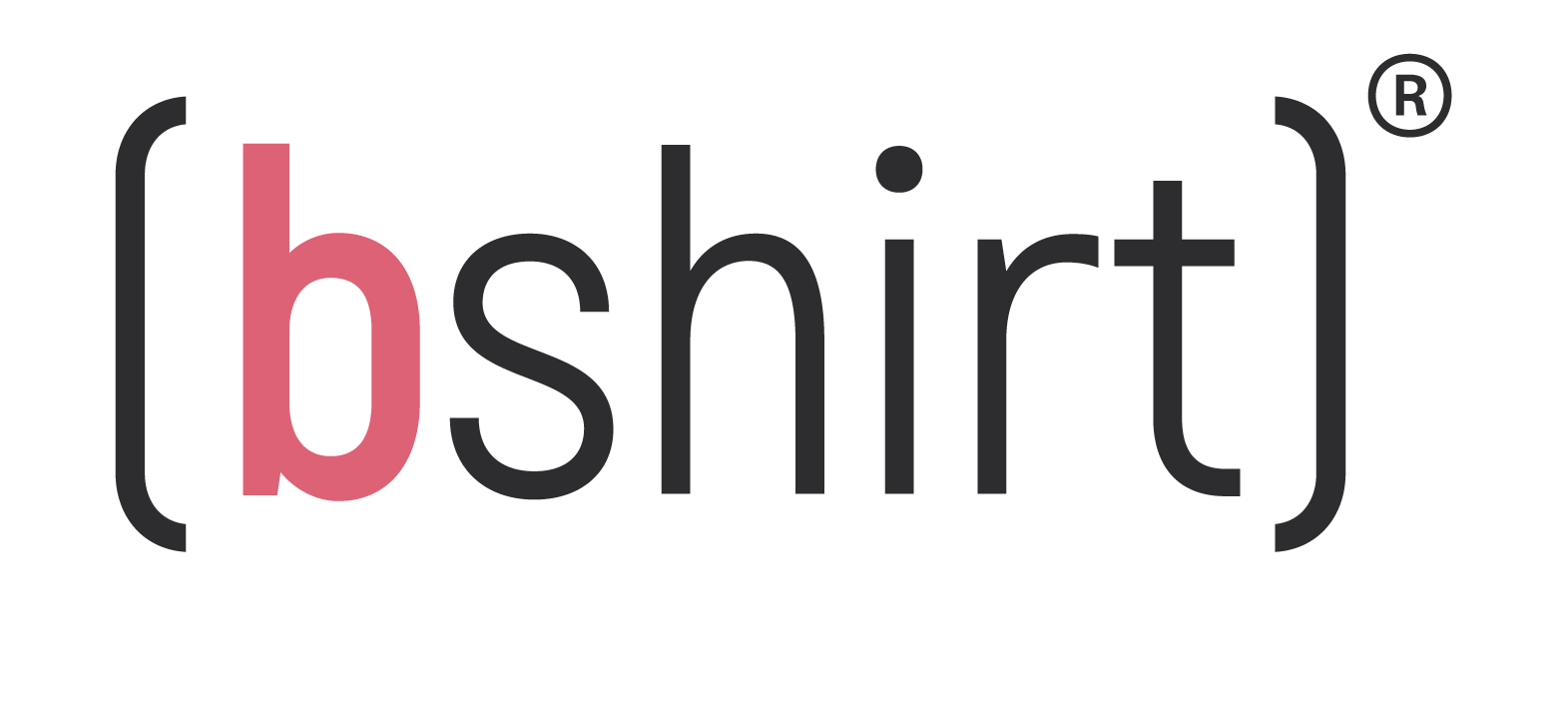
Nursing positions
Nursing Positions
There are lots and lots of different nursing positions you can try, below we have listed the most common ones
Cradle hold
Holding baby in the crook of your arm on the side you will be nursing on

Hold your baby in the crook of your arm (head resting in the bend of your elbow) with your hand supporting the rest of baby’s body (on the side you'll be nursing on). With your other hand hold your breast, placing your thumb above your nipple and areola and your index finger an inch below the bottom of your areola – just like a burger. Lightly compress your breast and when your baby opens her mouth wide – pop it in.
Crossover hold - Holding baby’s head with the hand on the opposite side you will be nursing on

Hold your baby's head with the hand opposite to the side you’ll be nursing from (if nursing from the right hold the head with your left hand). Rest your wrist in the middle of the baby's shoulders with your thumb behind one ear and your other fingers behind the other ear. With your free hand hold your breast as you would for the cradle hold.
Football hold - Holding baby under your arm like a football

Hold your baby at your side, facing you, with baby's legs tucked under your arm on the same side as the breast you're nursing from. Support your baby’s head with the same hand and use your other hand to hold your breast as you would for the cradle hold.
Laid-back position (“biological nursing”) - leaning back and holding your baby tummy-to-tummy

Making sure you are well supported by pillows, relax back on a bed or couch and place your baby tummy-to-tummy onto your body with her head near your breast. Your baby can rest on you in any direction, as long as the whole front of baby’s body is against yours and can reach your breast. Your baby will be able to naturally latch on in this position (or with a little direction from you).
Side-lying position - Lying down on your side with baby tummy-to-tummy

Both you and your baby should lie on your sides, tummy to tummy. Use your hand on the side you’re not lying on to hold your breast if you need to. VERY IMPORTANT – make sure there is no excess bedding around baby. Look at our breastfeeding at night article for more information.
Upright Koala hold - Baby sits, with spine and head upright, straddling your thigh as your baby nurses

Baby sits, with spine and head upright, straddling your thigh as baby feeds (newborns will need plenty of support). Brilliant for babies who suffer from reflux or ear infections.
Nursing in a sling - Baby sits in sling as baby nurses (best for babies who are experienced at nursing)

Ensure that baby is lowered in the sling for a good, deep latch and that you can always see your baby’s face and your baby’s chin is not pressed against her chest.
Nursing on the loo - nursing baby on your lap when nature calls

Nature calls and your baby cannot wait to nurse. Sit down on the loo ensuring you have loo paper within reach of your free hand. Position your baby in the cradle hold position and fantasize about the day that you will be able to go to the loo by yourself (it will be years away).
This position is also useful for when nature calls and baby has fallen asleep nursing, however it does require a skillful one handed pull down (and up) of your knickers.
Eating and nursing position - Baby positioned in either football (as shown with a pillow), cradle or upright koala hold with a muslin (or napkin) draped across their heads (to avoid crumbs) as you eat your breakfast/lunch/dinner

Your baby innately knows when you are about to sit down and have something to eat and will decide that they need to eat as well (even if they just nursed 5 minutes ago!). Wait for your food to cool down a bit. Position baby in either cradle or upright koala hold with a muslin draped across their heads, to avoid crumbs and ensuring that you can still see your babies face. Position your head as far to the side as possible trying to minimize food dropping on baby. Have your partner cut up your food into small bites and master the skill of eating with one hand.
Answering the door while nursing - baby positioned in an adapted one arm standing up hold.

Delivery services always seem to know when you have just sat down comfortably with your baby in a good nursing position and that’s when they decide to knock at the door. You will need to speedily adapt your current hold into a one arm standing up hold while ensuring that your baby remains latched. Cradle, cross cradle or football hold works best for the adaptation.
We hope that this has been informative (and a bit lighthearted) and made you feel more confident about breastfeeding. And can you spot which of our cartoons are wearing their Bshirts?!!


